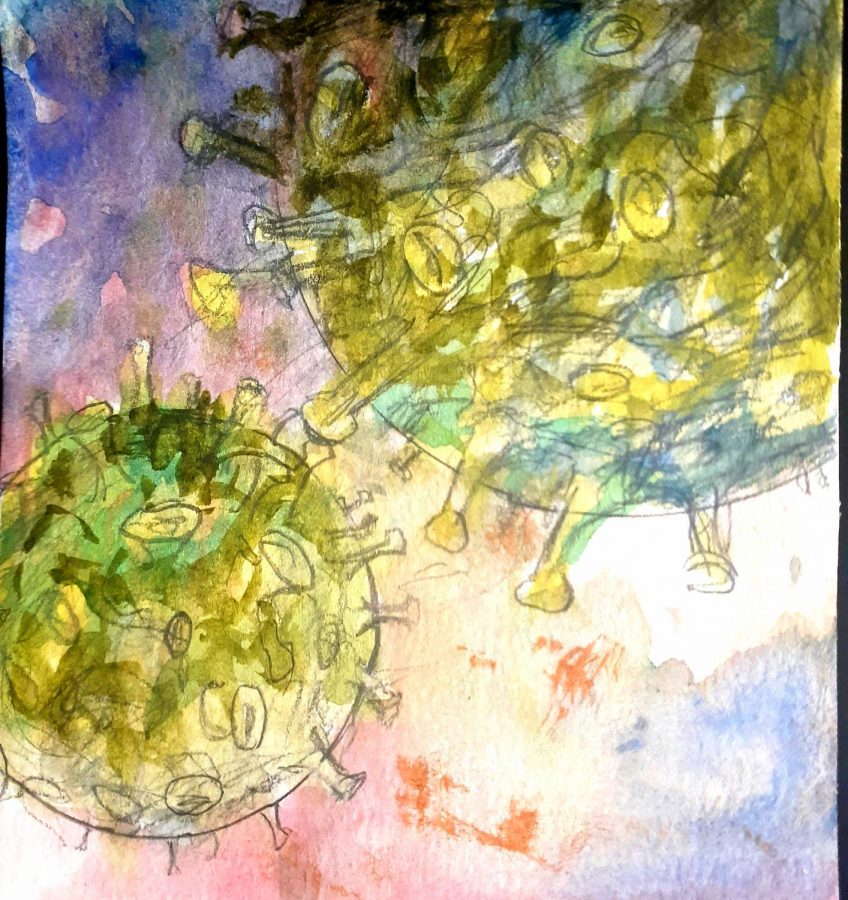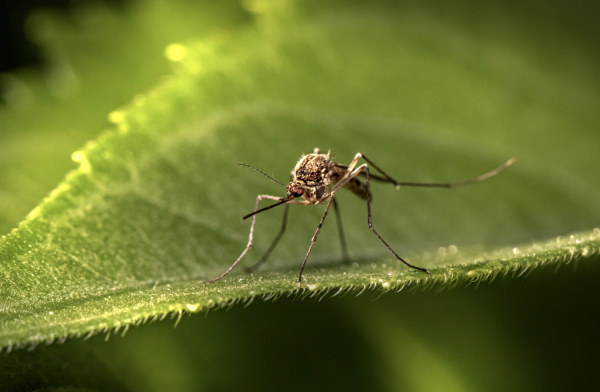A New Coronavirus Mutation: Fact or Fiction?
Amongst the many challenges managing the COVID 19 pandemic, none may be more difficult in the long run than monitoring the evolution of the virus as it travels around the world. On May 5, 2020, the LA Times published a story about a report from Los Alamos National Labs (LANL) that identified a mutant strain of COVID 19 that has become dominant and, The Times reports, is more contagious than the strain that originally spread from Wuhan, China. The report and subsequent LA Times article claim that the mutation, which originated in Europe in February, poses a threat to the effectiveness of coronavirus vaccines currently being developed. However, in a subsequent article published by The Atlantic on May 6, 2020, other scientists repudiated the report, stating that it’s findings do not have enough evidence to be taken into consideration when approaching the coronavirus crisis.
On April 30, 2020, a team of scientists at LANL, led by Bette Korber, a computational biologist at Los Alamos, and assisted by researchers at Duke University and the University of Sheffield in England, published a 33-page report that identified this new mutation of COVID19 (Spike D614G). The report, which was not peer-reviewed before being published, states that the mutation is different from the version of COVID that originated in Wuhan, China, and that many vaccines are being based on. However, a question of credibility arises as peer-reviewing is an important part of any scientific report. Most of the time, scientific reports are peer-reviewed by experts before they are published to help weed out incorrect information or otherwise inaccurate statements. However, the LANL report was published to BioRxiv (a website used by scientists to share their work before it’s peer-reviewed) because the researchers felt that its findings were crucial to the current coronavirus crisis. In the summary of the report, Korber and her team say that “The mutation Spike D614G is of urgent concern” due to its nature of becoming the dominant mutation wherever it spreads to. Other scientists, such as Brian Wasik at Cornell University and Nathan Grubaugh at Yale School of Medicine, when interviewed by the Atlantic, say there is only one strain of the virus. It is important to note that a mutation is not the same as a strain. A mutation occurs when a virus duplicates itself in its host (in this case, human respiratory cells). There are often errors in these duplications, which are called mutations. Each mutation will continue to duplicate and form a lineage. There are many different lineages of coronavirus mutations. The D Lineage includes the virus that originated in Wuhan, China. The G Lineage contains Spike D614G. A mutation becomes a strain when it differs from the original virus in significant ways. Therefore, Wasik and Grubaugh argue, Spike D614G is not of as much concern as the LANL report makes it sound because there is not enough evidence to call the mutation significantly different from the original virus and qualify it as a new strain that may pose a threat to a vaccine that has been developed based on the original strain. For the LANL report to be taken seriously by the medical and scientific community, its research must first be backed up by multiple teams.
The LANL report claims that Spike D614G has been the dominant form of COVID-19 since March. The main difference that the Los Alamos report found between Spike D614G and the Wuhan strain was an alteration of the spike on the outside of the virus that allows it to enter and interfere with human cells. This is what gave the mutation its name, and caused the LANL scientists to decide that Spike D614G is of urgent concern. The team cites its dominance and altered spike as evidence that Spike D614G spreads faster than other mutations of the virus. However, in the Atlantic article, a scientist who studies pathogen evolution, Bill Hanage of Harvard, noted that the supposed domination of Spike D614G could be due to luck rather than it being more contagious than the mutations of the D Lineage. It could be that the G Lineage spread to Europe, where it first became dominant because it wasn’t shut down as fast in China as the D Lineage was. There is not enough evidence in the Los Alamos report to support its claim that Spike D614G is more dominant because of an evolutionary advantage.
The main difference that the Los Alamos report found between Spike D614G and the Wuhan strain was an alteration of the spike on the outside of the virus that allows it to enter and interfere with human cells. This is what gave the mutation its name, and caused the LANL scientists to decide that Spike D614G is of urgent concern. However, there is not enough evidence to show that this alteration in the virus’ spike could affect a vaccine, and also not enough evidence to prove that this causes the mutation to spread faster.
The Los Alamos report, though important because it identifies new mutations of the coronavirus, should not be cause for panic or dread in the fight against the virus at this time. Unlike most credible scientific reports it has not been peer-reviewed or tested by additional teams of scientists. In addition, the report is not important in the short term because it does not change the current approach to fighting the coronavirus. Although Korber and her team ruled the mutation Spike D614G more contagious than other mutations of the coronavirus, these claims are not backed up with enough evidence and don’t provide information that would change the public health perspective. Even if the discoveries made by this report were backed up by more evidence and peer-reviewed, it does not change the fact that for the time being we all must continue doing what we’ve been doing since March. Staying home, washing our hands, and listening to the advice given by medical professionals.












